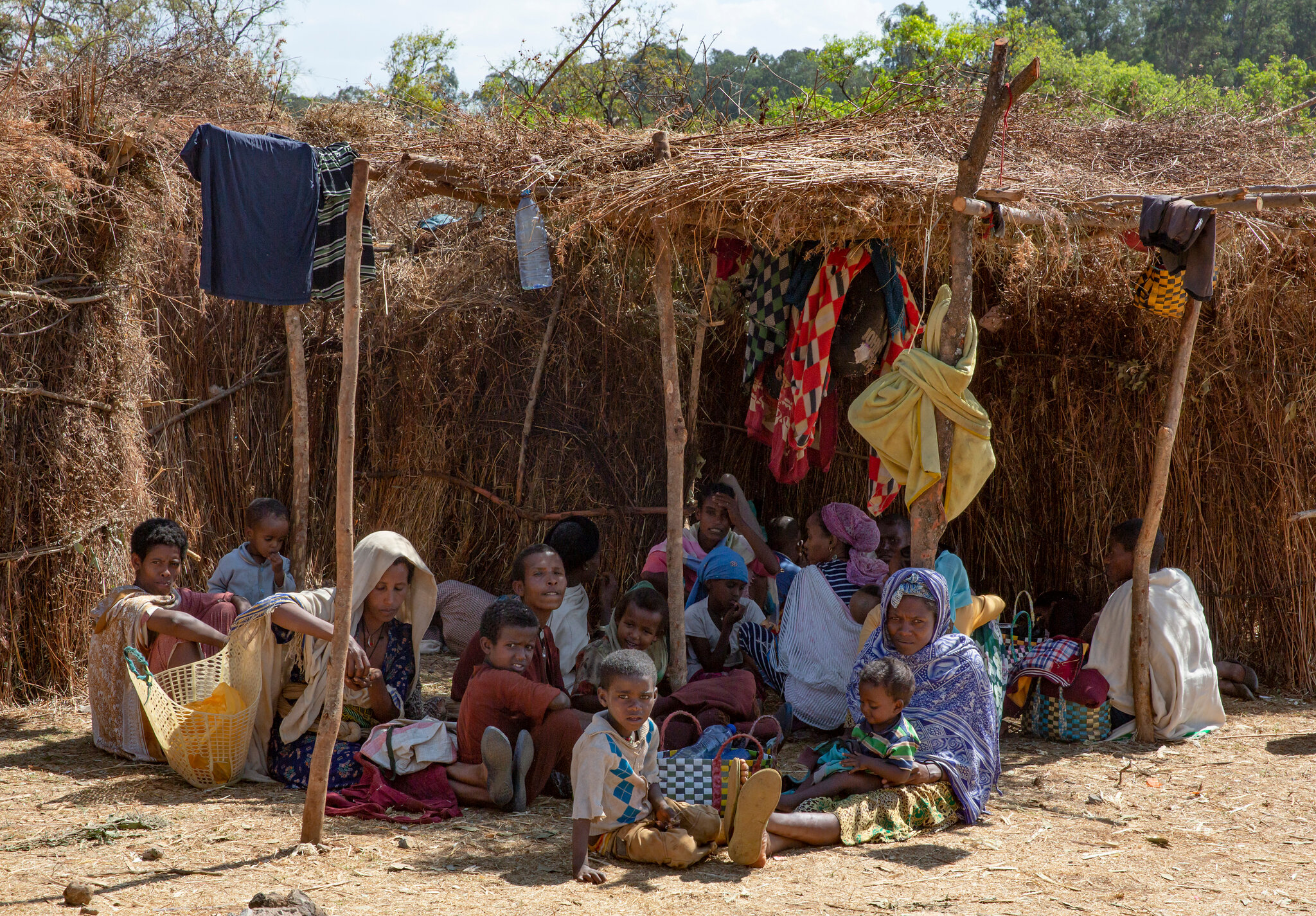Aya Ezz
An armed group has taken control of the town of Sedali in the Kamashi zone of the Benishangul-Gumuz region in western Ethiopia, according to a statement by the Ethiopian police and the Ethiopian Human Rights Committee.
In a statement, the committee, established by the Ethiopian government and affiliated with the parliament, called on the federal government to immediately reinforce the security of the Kamashi region in the Benishangul region in the west of the country.
The committee said that the armed group that took control of the town killed civilians and kidnapped public employees, noting that the town was inhabited by about 25,000 people.
The committee added that residents who fled the area informed the Human Rights Committee that the armed group burned and looted public property, especially that the district administration and the local police fled the area.
According to Reuters, the Grand Ethiopian Renaissance Dam (GERD) project is located in the Benishangul region, which is home to a number of ethnicities, such as the Gumuz, Shinasha and Amhara, and the region has witnessed increasing attacks against civilians.
Constant violence
According to the Ethiopian newspaper Capital, ethnic violence has erupted in Benishangul-Gumuz in the past few months. This included an attack in December 2020, in which more than 200 civilians were killed. The region inhabits various ethnic groups, including the Gumuz and Amhara. The unrest is concentrated in the Metekel region in which the Renaissance Dam is located.
The situation in Benishangul-Gumuz is generally very sensitive, as it is one of the most rugged and impoverished regions of Ethiopia, in addition to the fact that its population is divided between Muslims and Christians.
The main ethnic groups in the region are the Amhara (25.41%), which is the historically dominant ethnicity in Ethiopia; the Berta or Benishangul (21.69%), who bear the region’s name and are mostly Muslims; the Gumuz (20.88%), and the Oromo (13.55%), the largest nationality in the country to which Prime Minister Abiy Ahmed belongs.
With regard to religion, 44.7% are Orthodox Christians, 33.3% are Muslims, 13.53% are Protestants, and 7.09% practice traditional beliefs.
Part of Sudan
According to a report issued by Reuters, the region was part of Sudan and was annexed to Ethiopia under the 1902 treaty agreement that obliges Addis Ababa not to establish projects on the Blue Nile without the consent of Egypt and Sudan, as the Benishangul region has a Muslim majority. Previously governed by the emperors of Abyssinia, the region was part of the Muslim Funj Sultanate between 1504 and 1821.
Scenes of violence
According to the agency itself, violence is taking place between the indigenous population, especially the Gumuz and those who are seen as arrivals from the Amhara, Oromo and Shinasha regions. A wave of genocide swept across the Metekel region, causing a humanitarian catastrophe that left hundreds of thousands of displaced people behind and killing and wounding thousands, while burning their homes and destroying their livelihoods.
The report refers to stories and pictures that show indescribably grim and disturbing massacres, as the armed attackers move from house to house to determine the ethnicity of the families and slaughter them. There are eviscerated corpses, demobilized bodies are found, children die while trying to escape with arrows in their backs, their homes are set on fire, mothers are killed while embracing their children, children are orphaned, crops and livelihoods are destroyed, and fetuses are aborted from the womb of women.








































admin in: How the Muslim Brotherhood betrayed Saudi Arabia?
Great article with insight ...
https://www.viagrapascherfr.com/achat-sildenafil-pfizer-tarif/ in: Cross-region cooperation between anti-terrorism agencies needed
Hello there, just became aware of your blog through Google, and found ...